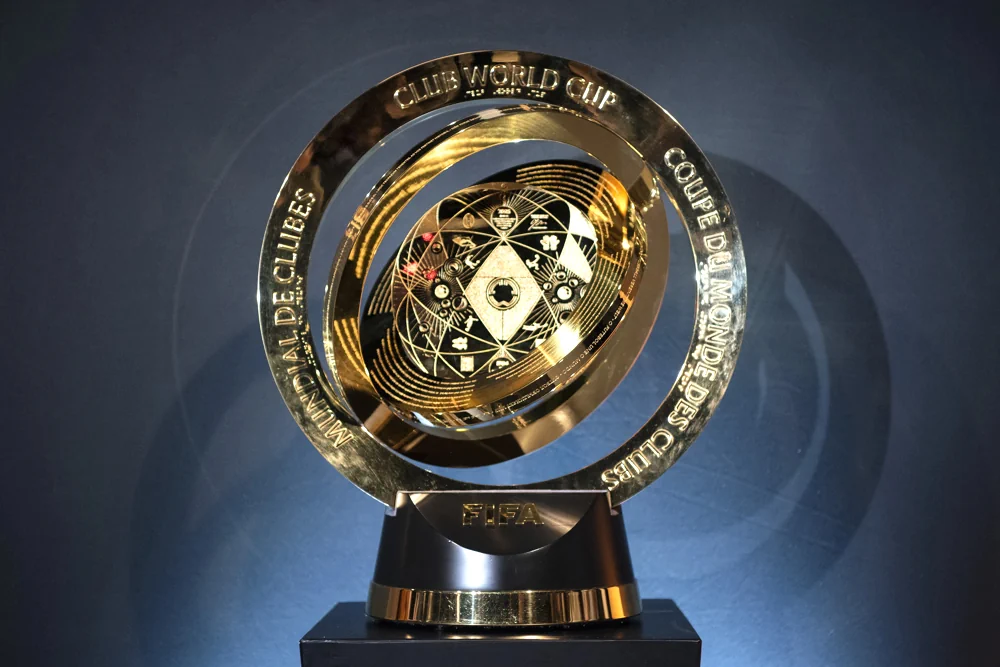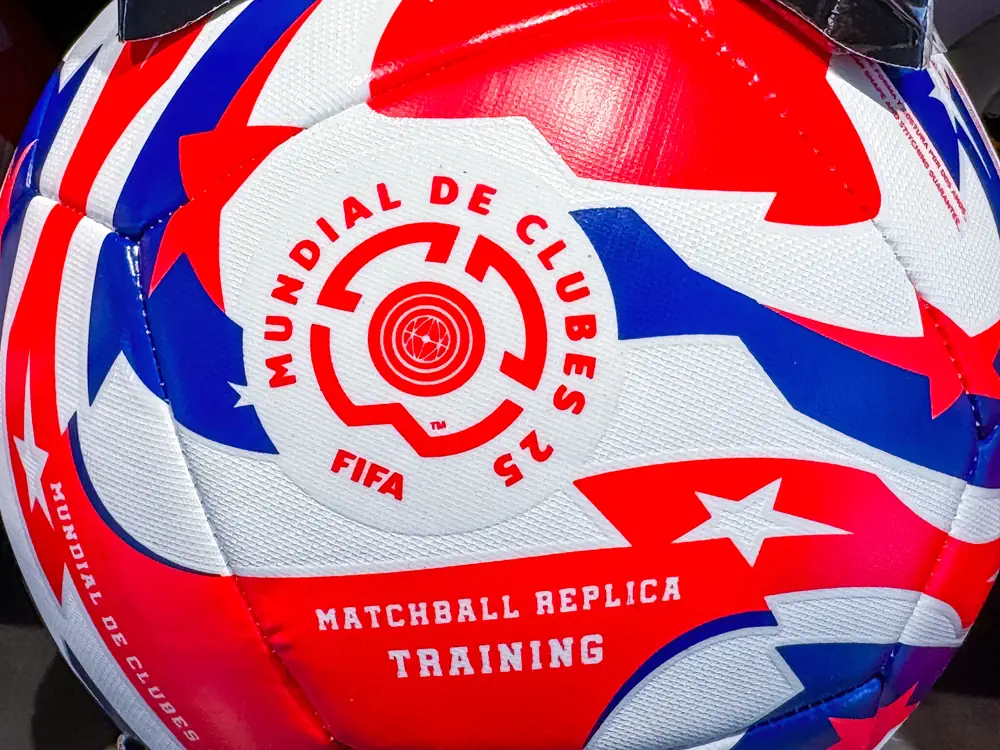The new FIFA Club World Cup
Throughout the history of football, all kinds of competitions have emerged, both nationally and internationally, each with their own impact, scale, and duration. Some simply arrived to stay, while others disappeared over time for various reasons. FIFA, seeking to replicate the unparalleled success it enjoys every four years with its FIFA World Cup (the national team competition), has insisted on seeking a second competition that would generate the attention and revenue of that level, and has thus evolved this competition to achieve its current format, that they are hoping to create massive new incomes.
The tournaments history
While there were other attempts at inter-confederation competitions, the most popular and the one that gained the greatest mystique was the Intercontinental Cup, which was founded in 1960 and pitted a UEFA representative against a CONMEBOL representative (usually the champions of their respective confederation's main competition), the two traditionally most powerful confederations. The Intercontinental Cup was played annually from its founding until 2004, with the exception of 1975 and 1978 due to organizational issues between the clubs involved. The tournament even shared a year with the inaugural FIFA Club World Championship in 2000, held in Brazil.This was the first attempt by world football's governing body to hold such a competition, and it would be the first direct ancestor of this new Club World Cup. The idea arose in 1993 and was scheduled to be held in 1999, although due to various organizational problems, it was held in 2000, with Corinthians emerging as champions and featuring eight teams from the six confederations. The format consisted of two groups of 4 and from there the final was played. Due to financial difficulties, the 2001 edition, which was originally scheduled to be held in Spain, was not held. In 2005, a second attempt at a Club World Cup came along to take the place of the Intercontinental Cup. It featured six teams, each from a different confederation, and featured a knockout format, with CONMEBOL and UEFA clubs entering in the semi-finals while the rest started in the quarterfinals.
That format remained in place until 2023, with some minor changes, such as the inclusion of a team from the host country from the preliminary round. In 2024, the tournament was renamed the FIFA Intercontinental Cup, although it retained many of the same characteristics as the previous one. The name change was intended to avoid confusion with the new FIFA Club World Cup and, unlike previous tournaments, will be held every four years.

How did the teams qualify?
Well, this might be a bit difficult to explain, but we'll give it a try. The competition features 32 participating clubs from the six continental confederations. The winners of each confederation's top tournaments from 2021 to 2024 occupy 15 of the 32 spots. This is because Real Madrid won the UEFA Champions League twice during that period and Al Ahly did so three times in the CAF Champions League. Auckland City qualified as the sole OFC Champions League winner. There are 14 other spots, which were earned by the top clubs in each confederation's rankings during that period.The penultimate spot went to the host country (the United States), in this case Inter Miami, for being the 2024 MLS Supporters Shield champion. The last spot belonged to Leon of Mexico, as the 2023 CONCACAF Champions League champion. However, because they are owned by the same team as Pachuca, a team that also participates in the tournament, they were disqualified. Therefore, the last spot was decided in a playoff between Los Angeles FC (2023 CONCACAF Champions League finalist) and Club America (the best team in the CONCACAF rankings that does not participate in the tournament), a spot that ultimately went to the Los Angeles team.
Format and venues
The format is quite similar to the one used for several years by the FIFA World Cup for national teams: eight groups of four teams each playing each other once, with the top two qualifying for the round of 16, where the first-place teams face off against the second-place teams, and then there are knock-out phases all the way to the final. The tournament will feature 12 host cities and 13 stadiums. The cities are Pasadena, Los Angeles, Atlanta, Philadelphia, Miami, Orlando, Nashville, Cincinnati, Washington, Seattle, Charlotte, and East Rutherford, with Orlando being the only city with two stadiums (Camping World Stadium and Inter&Co Stadium).Special transfer market
A particular feature of this tournament is that, since it's held between June and July, a time when continental tournaments for national teams like the Euros, the Copa America, or the FIFA World Cup are usually held, it comes at a difficult time for clubs from a contractual perspective, since players' contracts typically expire on June 30th, and that date falls right in the middle of the tournament. In this regard, FIFA will allow contract renewals until the end of the tournament for such cases, but only for the 32 participating clubs. Additionally, it has opened a special transfer window for those 32 clubs from June 1st to 10th to sign players for the tournament, which is the case for the Dutch defender Dean Huijsen that have joined Real Madrid, for example.
